refugee artist
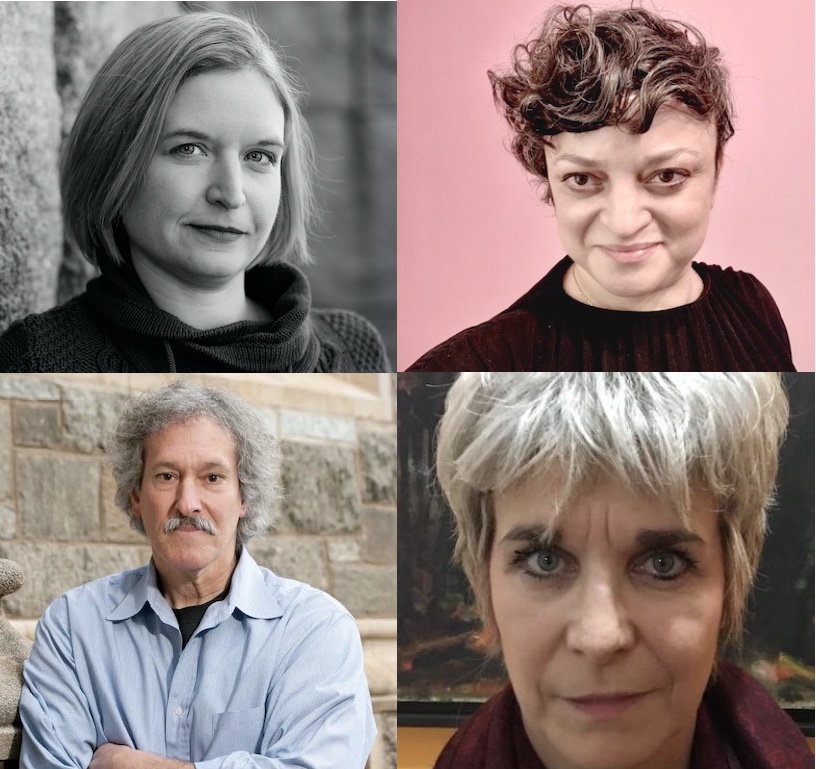
CONFERENCE
Artists Migrating to the United States, In and Beyond the Nazi Period
FEATURING Rebecca Erbelding, PhD,
Katya Grokhovsky, and Ori Z Soltes, PhD
1014 - space for ideas
1014 5th Avenue, New York, New York, NY, United States
Shaped in accordance with the theme of the current Fritz Ascher Society online project, "Identity, Art and Migration," this brief conference focusses on psychological, historical and art historical aspects of migration—broadly and in particular within the context of artists seeking refuge in the United States during the Holocaust. Expert Panel: Rebecca Erbelding, PhD, USHMM historian in Washington DC Katya Grokhovsky, artist and founder of The Immigrant Artist Biennal in New York NY and Ori Z Soltes, PhD, Teaching Professor at Georgetown University in Washington DC These diverse experts will address the specifics of American immigration policies in the first half of the twentieth century and how they particularly affected those seeking refuge from the ravages [...]
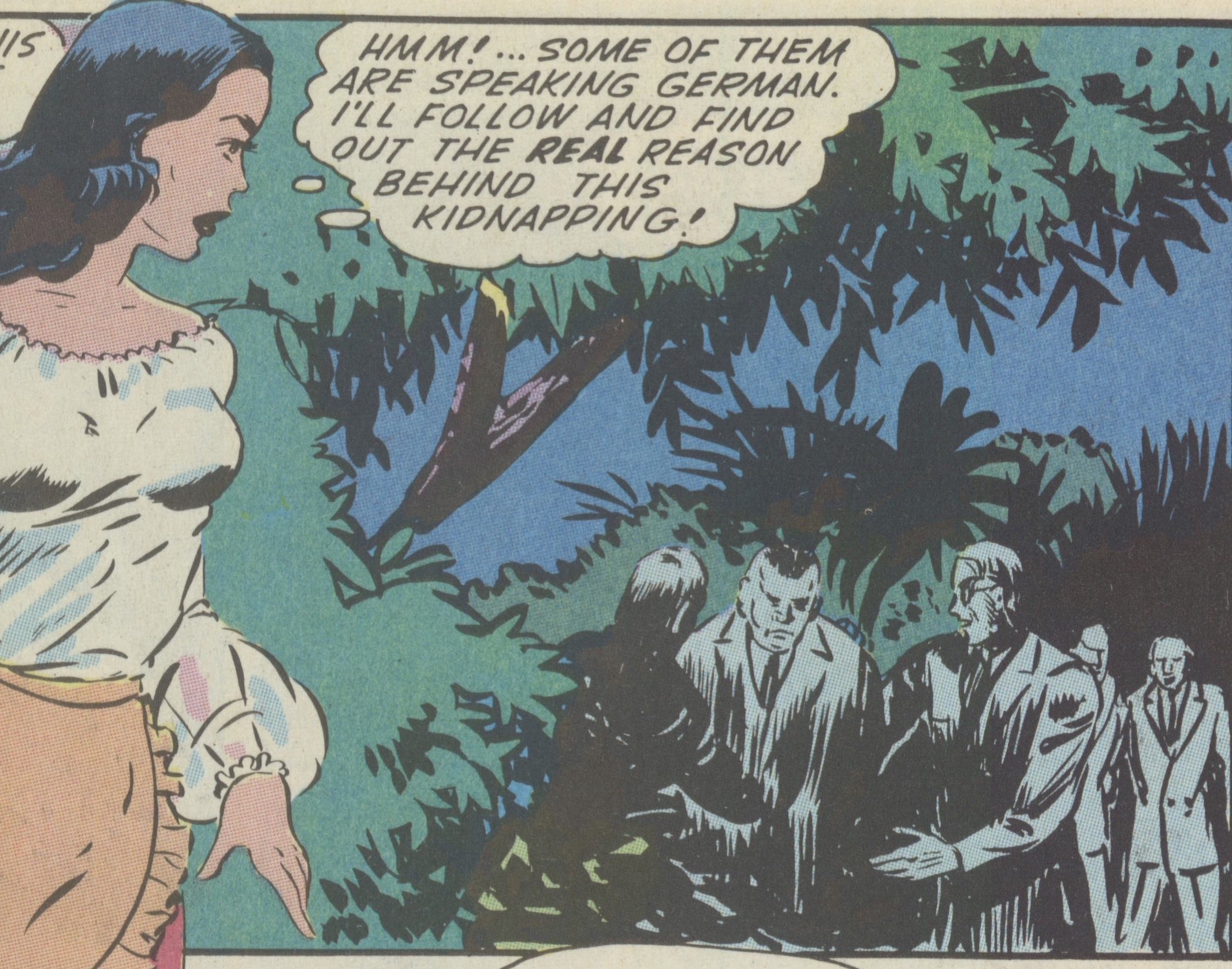
The Pencil and the Sword.
How Lily Renée (1921–2022)
Put her Art to Work Against the Nazis
Featuring Sabine Apostolo and Michael Freund
Jewish Museum Vienna, Austria
1014 - space for ideas
1014 5th Avenue, New York, New York, NY, United States
Born 1921 in Vienna, Lily Renée Willheim led a sheltered and cultured life until the age of 17 when she had to flee from the Nazi powers, first to England, then to New York. By accident and because of her artistic talent, she became one of the leading cartoonists during World War Two, creating artwork in which anti-fascist messages were as important as aesthetic considerations. For many decades after the end of the war, she continued to work creatively in various art forms. Image above: Detail of Lily Renée, Title Page, Femforce Good Girl art quarterly, reprint, summer 1991 © Lily Renée In their presentations, Sabine Apostolo and Michael [...]
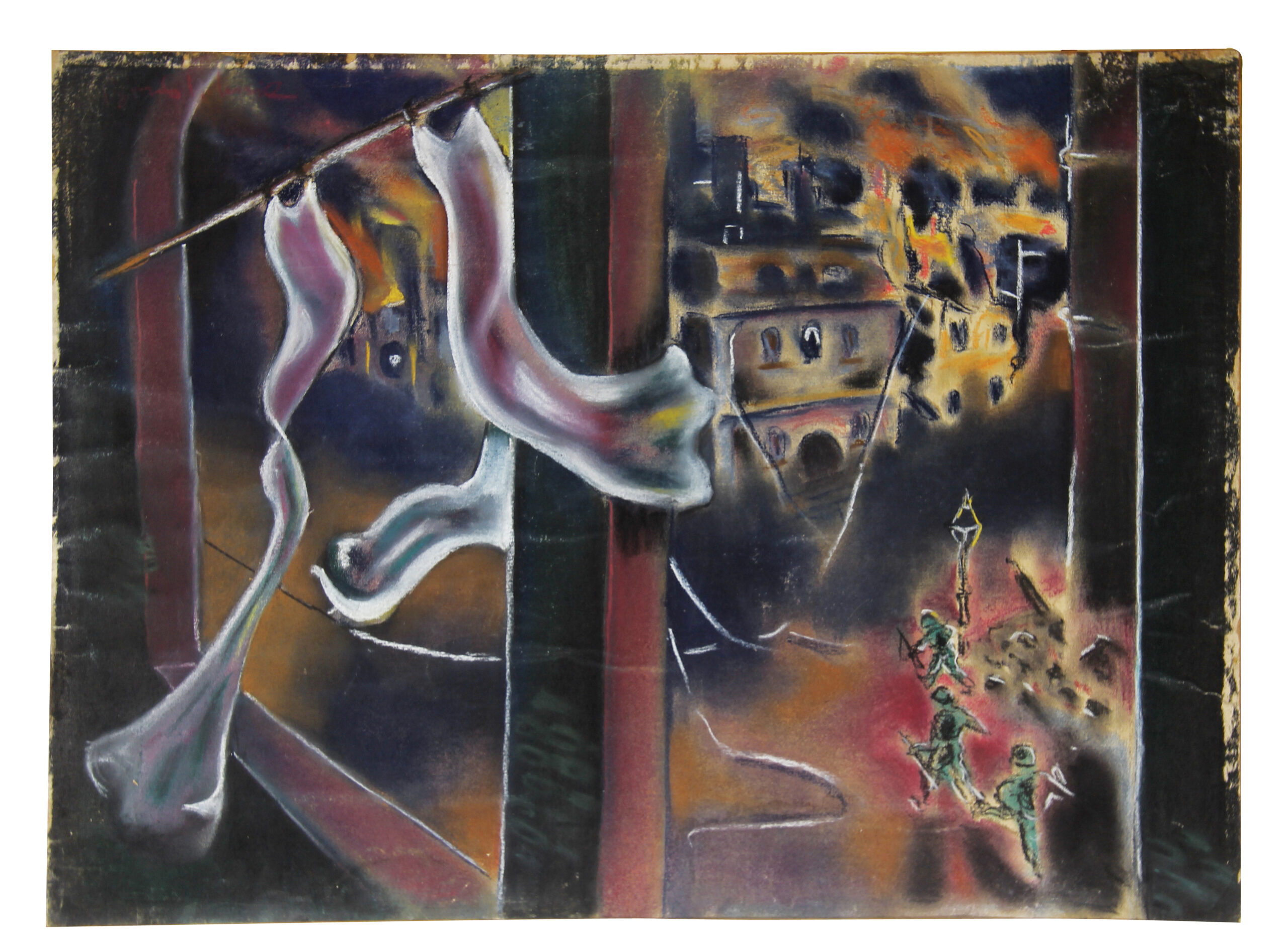
Boris Lurie:
Searching for Truth in Holocaust Images
Featuring Eckhart Gillen, PhD, Berlin (Germany)
1014 - space for ideas
1014 5th Avenue, New York, New York, NY, United States
In Claude Lanzmann’s seminal nine-and-a-half-hour film SHOAH, he chose not to use any images of the Holocaust, telling the story instead solely through the words of witnesses. By contrast, art historian Georges Didi-Huberman and contemporary artist Gerhard Richter have both emphasized the power of images to reflect and educate—the former in his book Images in Spite of All: Four Photographs from Auschwitz, and the latter in a series of paintings titled “Birkenau.” Join the Museum of Jewish Heritage and the Fritz Ascher Society for a lecture exploring the tension between these different perspectives on images, words, and the Holocaust with German art historian and curator Eckhart Gillen. Gillen grounds the discussion in the example of Boris Lurie, the subject [...]
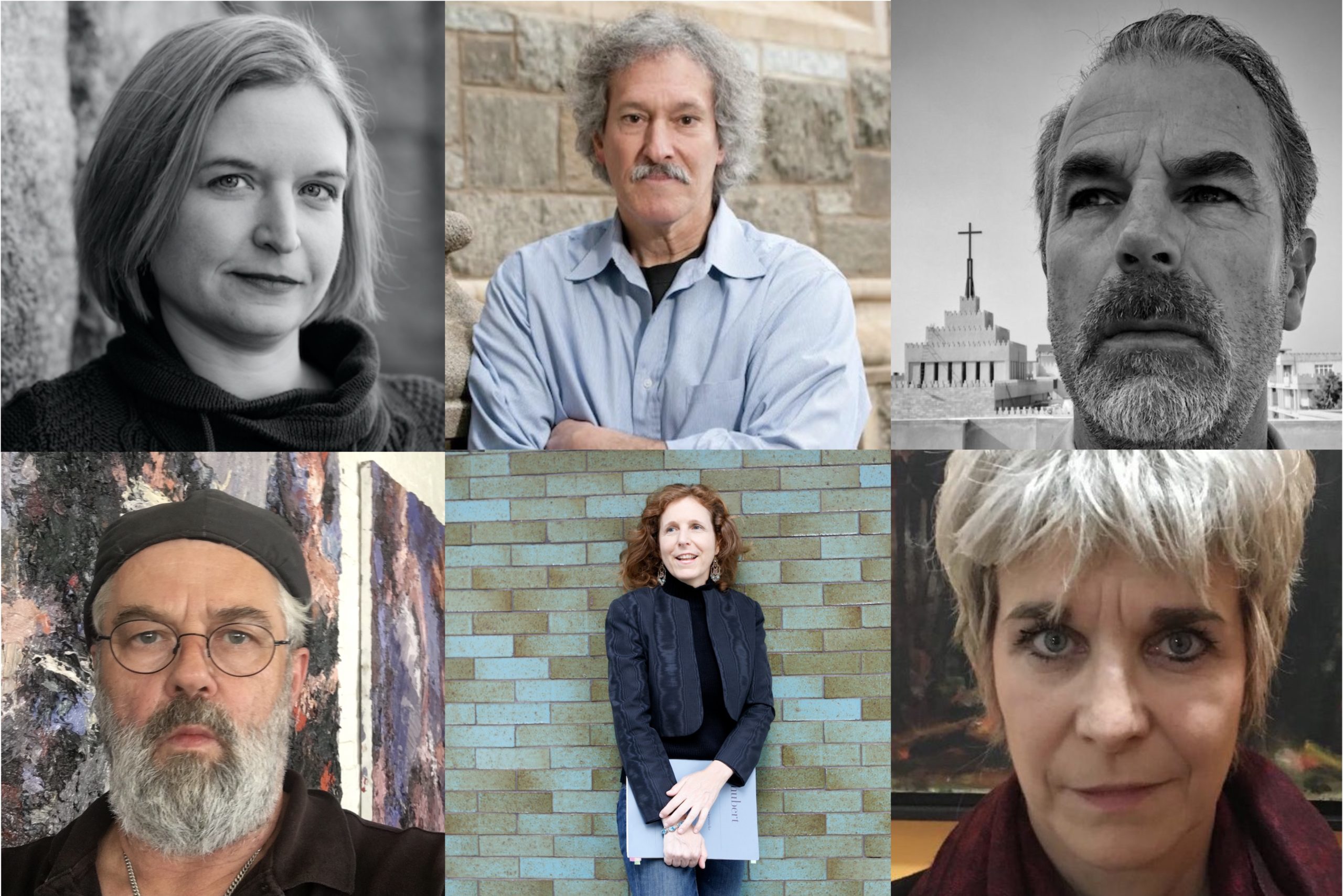
Identity and Migration:
Artists and Composers who Fled Persecution
Sheen Center for Thought & Culture, New York
Sheen Center for Thought & Culture
18 Bleecker Street, New York
Opening remarks by Consul Yasemin Pamuk, Consulate General of the Federal Republic of Germany in New York Distinguished Panelists Ori Z Soltes PhD, Georgetown University in Washington DC Artist Refugees from Nazi Germany in the United States Rebecca Erbelding PhD, Historian and Author in Washington DC US Immigration Policy during the 1930s Refugee Crisis Stephen M Rasche JD, Catholic University in Erbil, Kurdistan Region, Iraq Identity in a Time of Forced Displacement: Religious Art and the Iraqi Christian Experience David Stern, German born American Artist in New York NY Immigration and Culture Shock in Times of Globalization Musical Performance (Piano) Carolyn Enger, Steinway Recording Artist: Arnold Schoenberg - Sechs kleine Klavierstücke Op. 19 Emahoy Tsegué-Maryam Guèbrou: Homesickness Pt. 1 Paul [...]
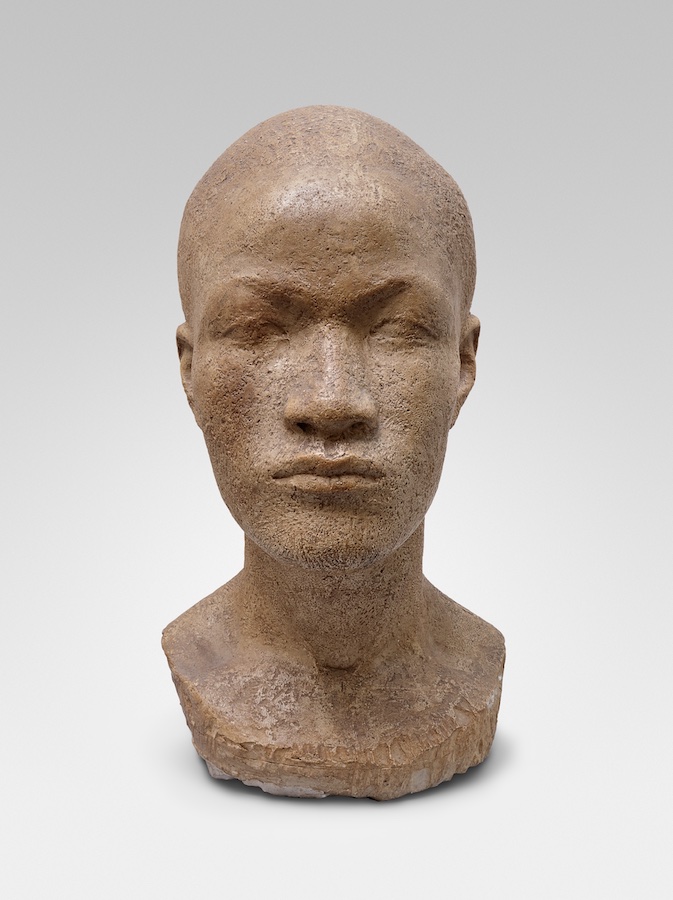
Jussuf Prince of Thebes –
Re-constructing the life and work of a forgotten talent from Safed
Featuring Dorothea Schöne, Berlin (Germany)
Marlene Meyerson JCC Manhattan
334 Amsterdam Ave, New York, NY, United States
In the late nineteenth century, the sculptor Joseph M. Abbo (1888–1953) – who later renamed himself Jussuf Abbo – was born in Safed, in the province of Beirut of the Ottoman Empire. As a young man, he began working as a labourer on the restoration site being led by an architect, Hoffmann, on behalf of the German government. Abbo was noticed and was rapidly promoted to the drawing-office and to stone-carving. He was offered a scholarship at the Berlin School of Art. Jussuf Abbo arrived in Germany in 1911 and began studying at the Royal Academy of Fine Arts in Berlin in 1913. By 1919 he had a master studio in the Prussian Academy of Fine Arts. Throughout the 1920's [...]

Ben-Zion (1897-1987):
Man of Many Faces
Featuring Tabita Shalem and Ori Z Soltes
1014 - space for ideas
1014 5th Avenue, New York, New York, NY, United States
Born in the Russian Empire, Ben-Zion (Benzion Weinman, 1897-1987) immigrated to New York City between the wars, arriving as a craftsman of words whose cultural Zionist convictions led him to write his poetry in Hebrew. By the early 1930s, the rise of fascism and its particularized manipulations of language drove him to despair of the power of words and to turn to visual art as a medium of expression. Endlessly creative, across the next six decades he produced a flood of drawings and oil paintings and sculptures often made by re-visioning found objects of wood, stone, and iron. As a founding member of the expressionist group, "The Ten"--that included among others a young Mark Rothko--Ben-Zion addressed social, political, and cultural [...]
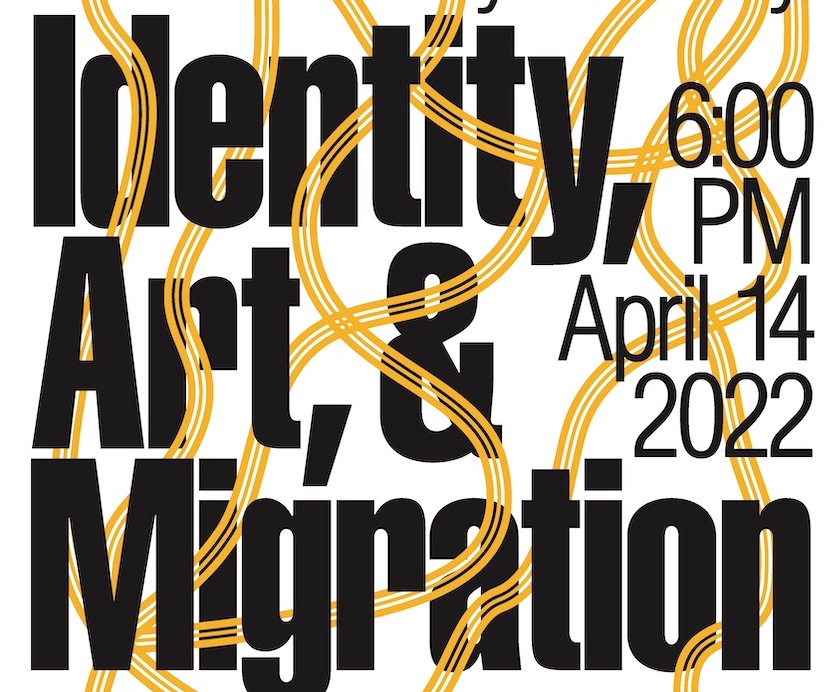
Identity, Art and Migration:
Artist Refugees from Nazi Germany and Today
School of Visual Arts, New York
School of Visual Arts
133 West 21st Street, New York, United States
Note: Attendees must provide proof of vaccination (including booster, if eligible) and advance Eventbrite registration. Presented by BFA Visual & Critical Studies, the SVA Honors Program, and The Fritz Ascher Society for Persecuted, Ostracized, and Banned Art. In honor of The Fritz Ascher Society for Persecuted, Ostracized and Banned Art's virtual exhibition “Identity, Art and Migration,” this panel discussion probes historical and all-too contemporary fault lines of persecution, migration, intolerance, cultural complexity and art. Historians, curators and artists come together to discuss the life and work of artists who were persecuted by the German Nazi regime and came to the US during the first half of the 20th century, while also hearing from living artists who are facing the challenge of relocation [...]
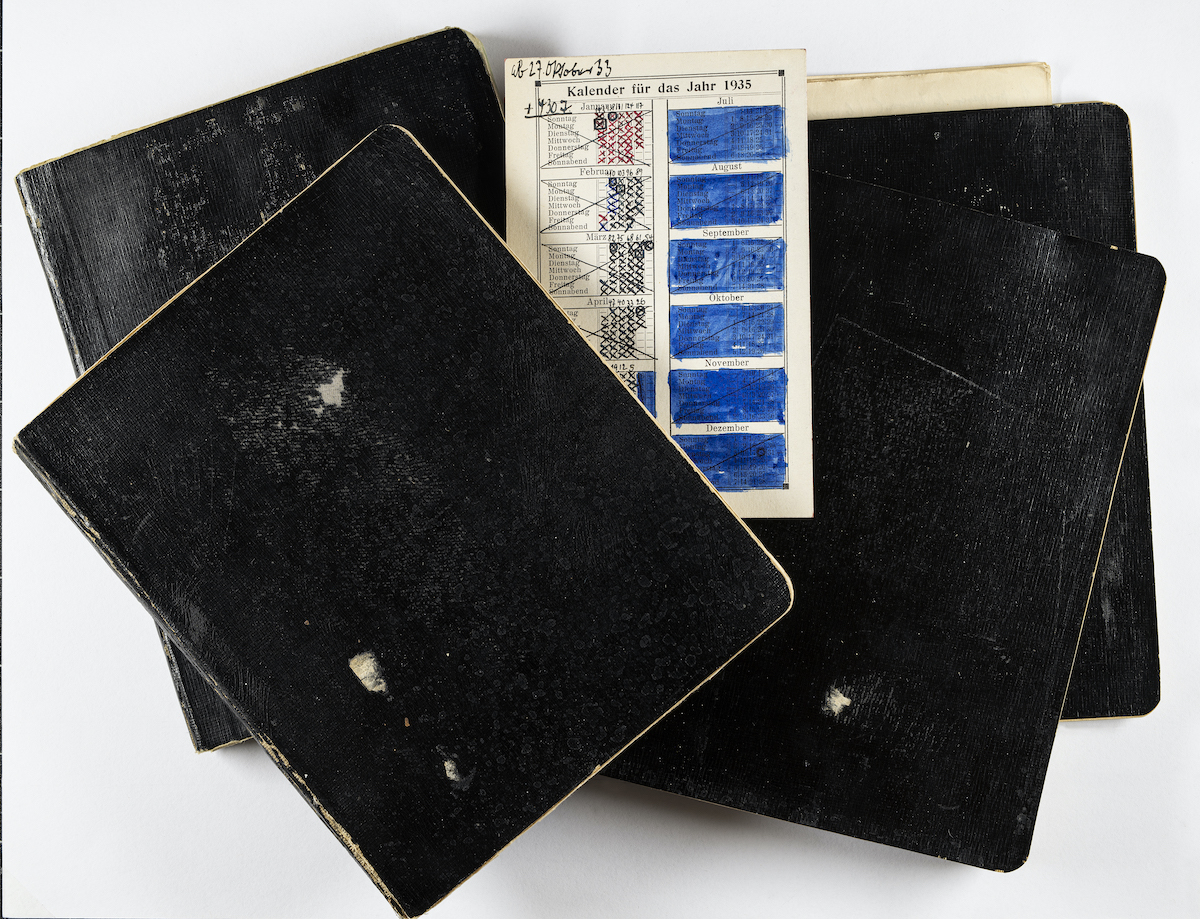
Prison Diaries by Hans Uhlmann, 1933-1935:
Drawing as Life Line
Featuring Dorothea Schöne, Berlin (Germany)
Marlene Meyerson JCC Manhattan
334 Amsterdam Ave, New York, NY, United States
On October 26, 1933, Hans Uhlmann was arrested by the Gestapo on the street. In the notorious Columbia-Haus, he was interrogated for several weeks and then found guilty by the court of appeal of “preparations for a traitorous enterprise.” He spent a year and a half in prison—first in Moabit and then in Tegel Prison. The artist recorded his experiences of those years in diaries. In parallel with these diaries, he produced four books of sketches. In his diary entries Uhlmann describes his arrest as well as scenes from daily life in confinement but above all his artistic concerns and projects: “I think often of freedom; of my first works; I occupy myself here by imagining these figures” (May [...]
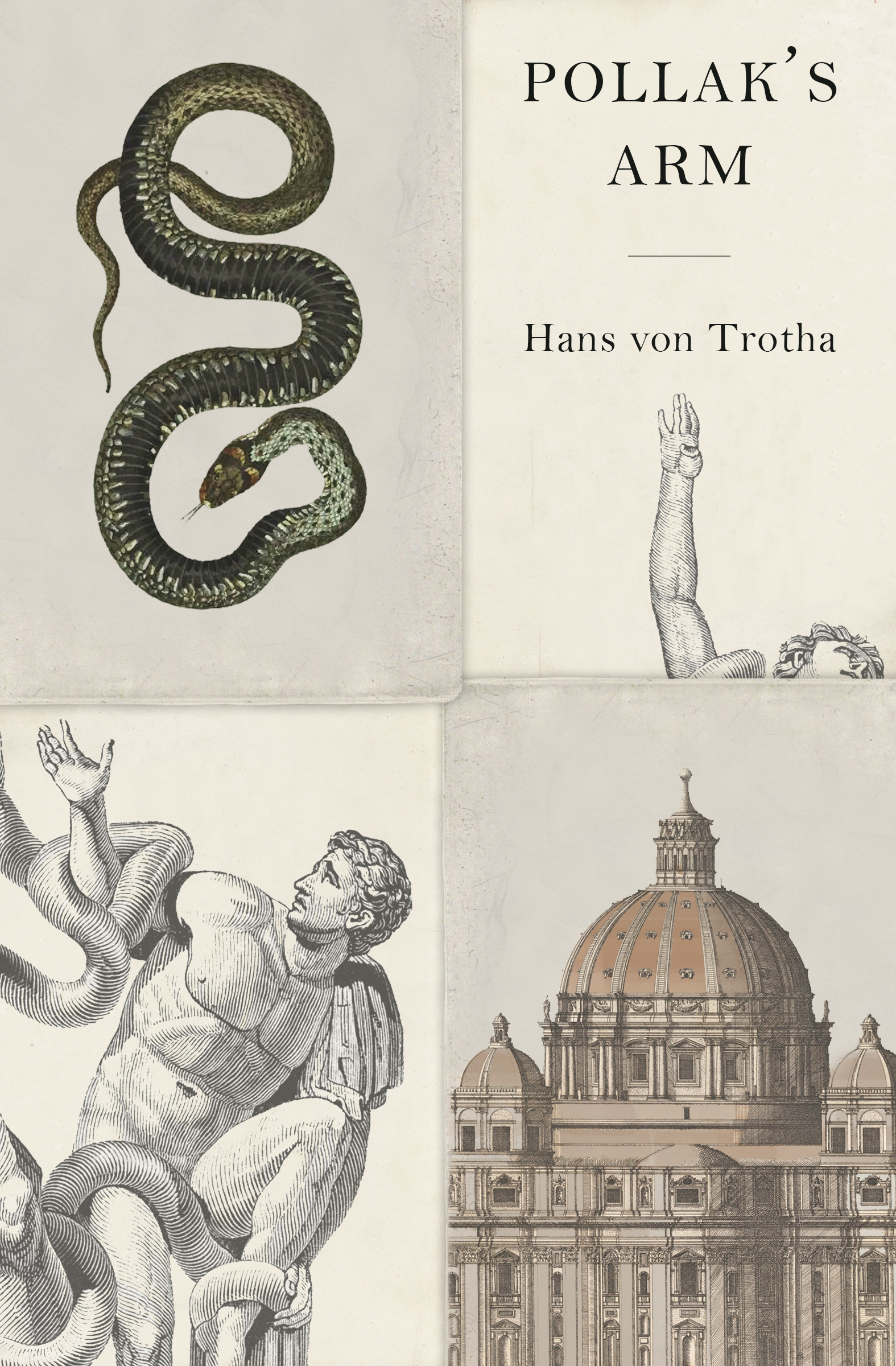
Death and Immortality:
The Gentle Power of Hans von Trotha’s “Pollak’s Arm”
Hans von Trotha and Ori Z Soltes in conversation
Marlene Meyerson JCC Manhattan
334 Amsterdam Ave, New York, NY, United States
Ludwig Pollak (Prague 1868-1943 Auschwitz) was an extraordinary connoisseur of antiquities--an Austro-Hungarian Jew whose path into academia was impeded by his religion, but who settled in Rome, where he carved out a unique place for himself as an expert in recognizing, understanding, and organizing great works of art. It was he who shaped and articulated the magnificent collections of JP Morgan. Of perhaps even greater consequence, his astute eye saw a sculpted fragment of an arm in a flea market that, he deduced, was the limb missing from the spectacular Hellenistic-Roman sculptural group known as Laocoon. He gifted that arm fragment to the Vatican so that it might complete the work that occupied an important place within [...]
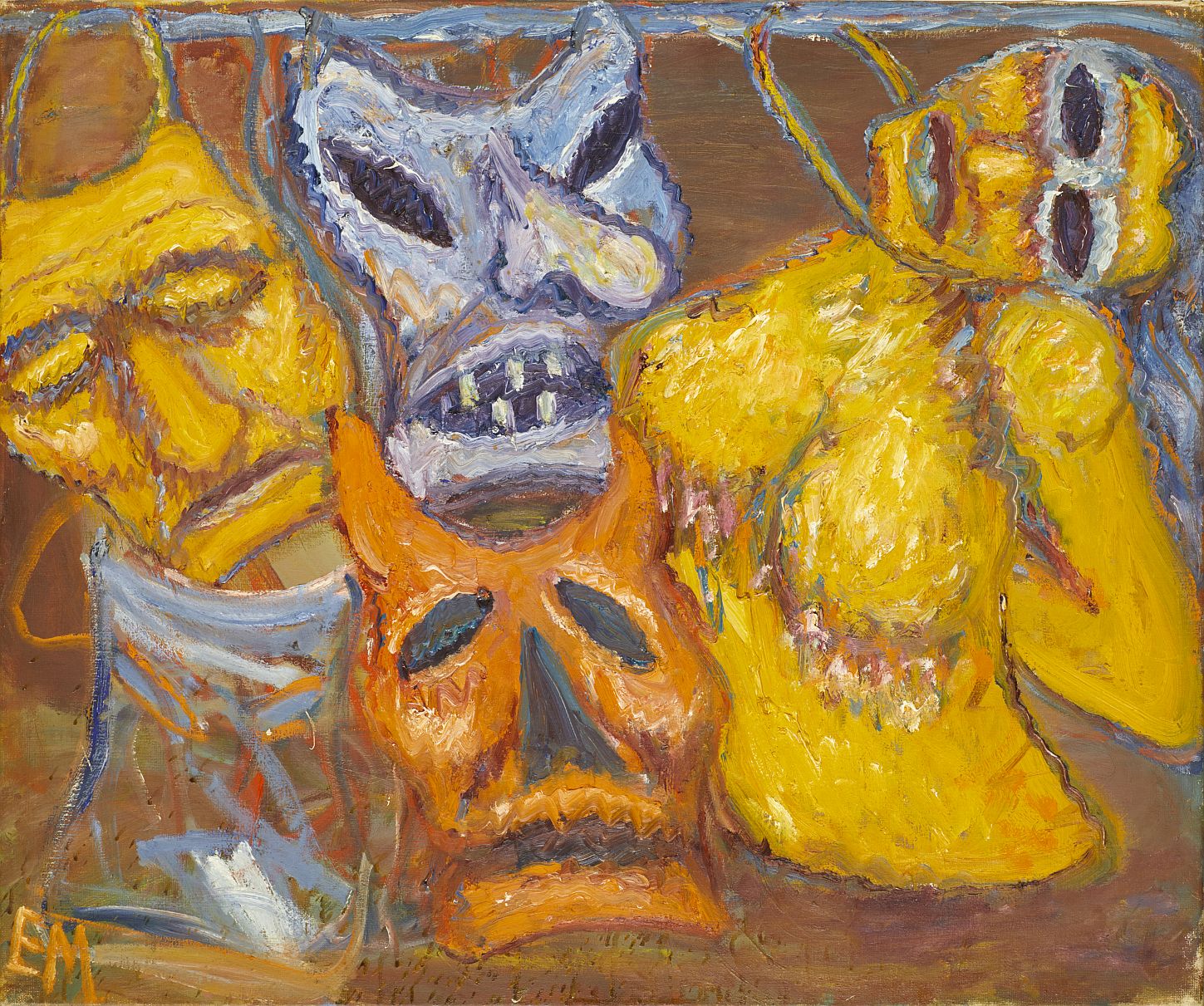
Ludwig and Else Meidner.
An Artist Couple Exiled in London
Lecture by Erik Riedel, Frankfurt/Main (Germany)
Marlene Meyerson JCC Manhattan
334 Amsterdam Ave, New York, NY, United States
When Ludwig and Else Meidner met in 1925, he was already an established artist well-known for his so-called Apocalyptic Landscapes. Although Else started as Ludwig’s student, she developed a distinct independent style and he always praised her art as more refined than his own “coarse” works. As Else Meidner slowly gained recognition in Berlin art circles, her career was abruptly cut short by the Nazi-regime in 1933. She moved to Cologne with her husband in 1935; and they emigrated to England in 1939 only a few weeks before the war started. In London both lived largely unnoticed by the English art scene. But while Ludwig frustratedly returned to Germany, she decided to stay in England. Their complicated relationship developed from [...]


